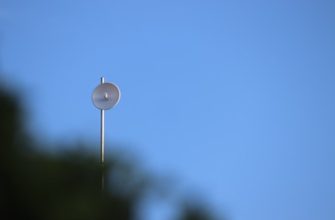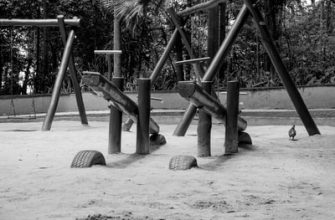When you are looking to make your site more search engine friendly, you need to start off by understanding how your customers are going to search for you. Then you need to focus on on-page and off-page SEO techniques, backlinks, image SEO, and navigation on your site.
Understanding search intent
When optimizing for search intent, it’s important to understand what your target audience is looking for. This knowledge will help you produce content that attracts and converts visitors.
Understanding search intent can be a useful tool in figuring out what type of content to create and how to format it. There are four types of intent: transactional, informational, navigational and local. Each type has its own benefits, but they all serve a purpose. Creating content that fulfills all of them is one of the best ways to gain exposure and lead generation.
Transactional searches are those that show the user is ready to purchase something. These results often include a shopping carousel, paid listings, product pages and site links. Depending on the specific search, these results may also contain top stories and images.
On-page vs off-page SEO
One of the most important investments you can make is search engine optimization (SEO). In order to achieve high rankings in the search engines, you need to employ various techniques. However, getting started can be difficult. Fortunately, there are two main categories of SEO strategies: on-page and off-page. With both, it is important to be consistent.
In on-page SEO, you work to optimize your website content. This includes making your site accessible, optimizing your page title tags, and adding keywords and meta descriptions. The aim of this is to drive traffic to your website.

On the other hand, in off-page SEO, you focus on building links to your website. These links help the search engines assess the quality of your content and the authority of your domain. There are several factors that determine the quality of your link, including the trustworthiness of the site linking to you and the age of the link.
Backlinks
Backlinks are a crucial component of SEO. They give search engines information on your site’s relevance, popularity, and credibility. When done correctly, they can boost your ranking, increase traffic, and help you increase your sales.
There are many ways to get backlinks. One way is to write about a topic and link to a reputable site. You can also pitch your content to site owners. However, it is important to remember that a good backlink will be unique and not a duplicate of a competitor’s.
You should also use an SEO tool to check your competitors’ backlinks. This will give you a better understanding of how your competition is performing in the search engine results.
There are also tools available that will provide a detailed backlink report for any domain. These include SEMrush, Ahrefs, and Moz’s Link Explorer.
Image SEO
Image SEO helps ensure that your images are indexed and can be found in search results. This helps your website become more accessible to visitors and increase conversions.
There are several factors that contribute to an image’s ranking. These factors include file size, file structure, and the popularity of the image. The most important aspect of image SEO is to make sure the image is able to load quickly.
If the image is too large, it can slow down the site and reduce the chances of getting a good ranking. You may also need to compress the image. If you’re having a hard time doing this, try using an image editor that has a save-for-web option. This allows you to optimize the image’s quality.
Google is starting to use images in web search results. As a result, it’s becoming increasingly important to incorporate visual content into your web page.
Navigation of a website
When it comes to search engine optimization (SEO), website navigation is a crucial component. It not only serves as a way for users to move from one page to another, but it is also the path to higher lead generation.
When designing your site’s navigation, it’s important to follow some best practices. This will ensure that you get the best results from your efforts.
The most common type of navigation used by most websites is a top-down hierarchy. This type of navigation gives priority to pages that are important to visitors. This helps to create an organized hierarchical structure, which makes it easier for both users and search engines to find what they are looking for.
Other common navigation types include footers, sidebars, and a universal navigation bar. Each of these can be useful when it comes to search engine optimization.








